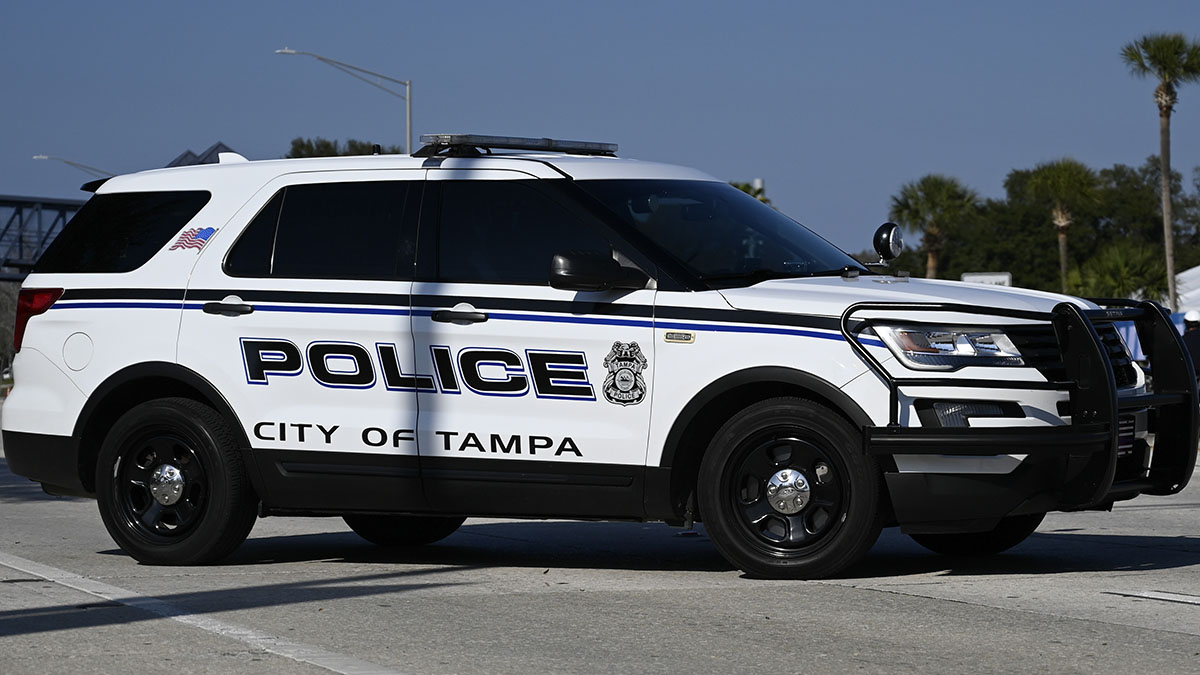A dense “superfog” in Louisiana reduced road visibility and caused a massive pileup involving at least 158 vehicles. At least seven people were killed and more than two dozen injured in Monday morning's crashes near New Orleans.
A “superfog” forms when damp materials like brush, trees and leaves catch fire and the smoke and moisture mixes with cooler air, according to the National Weather Service.
This weather phenomenon reduces visibility to less than 10 feet. With light wind, a “superfog” settles low to the ground, making driving extremely dangerous.
“Superfog can be very dangerous when present over highways, and has been the cause of several large, multi-vehicle pileups,” the NWS said.
Get New England news, weather forecasts and entertainment stories to your inbox. Sign up for NECN newsletters.
Such was the case on Monday, when smoke from several recent wetland fires in the region mixed with fog to create a “superfog” on Interstate 55, according the NWS.
Three 18-wheelers were involved in Monday’s wrecks and at least two were fully engulfed in flames, NBC New Orleans affiliate WDSU reported.
The crashes left a stretch of crushed and scorched vehicles piled atop each other. Some people got out of their vehicles and stood on the side of the road or on the roofs of their cars looking in disbelief at the disaster, The Associated Press reported.
U.S. & World
Witnesses described hearing the sounds of crashing cars, popping tires and explosions, several outlets reported.
Crews were still working Tuesday morning to clear the wreckage of the vehicles as tow trucks continued to haul debris off of the interstate.
The NWS advises if you must drive in foggy conditions, keep the following safety tips in mind:
- Slow down and allow extra time to reach your destination.
- Make your vehicle visible to others both ahead of you and behind you by using your low-beam headlights since this means your taillights will also be on. Use fog lights if you have them.
- Never use your high-beam lights. Using high beam lights causes glare, making it more difficult for you to see what’s ahead of you on the road.
- Leave plenty of distance between you and the vehicle in front of you to account for sudden stops or changes in the traffic pattern.
- To ensure you are staying in the proper lane, follow the lines on the road with your eyes.
- In extremely dense fog where visibility is near zero, the best course of action is to first turn on your hazard lights, then simply pull into a safe location such as a parking lot of a local business and stop.
- If there is no parking lot or driveway to pull into, pull your vehicle off to the side of the road as far as possible. Once you come to a stop, turn off all lights except your hazard flashing lights, set the emergency brake, and take your foot off of the brake pedal to be sure the tail lights are not illuminated so that other drivers don't mistakenly run into you.



